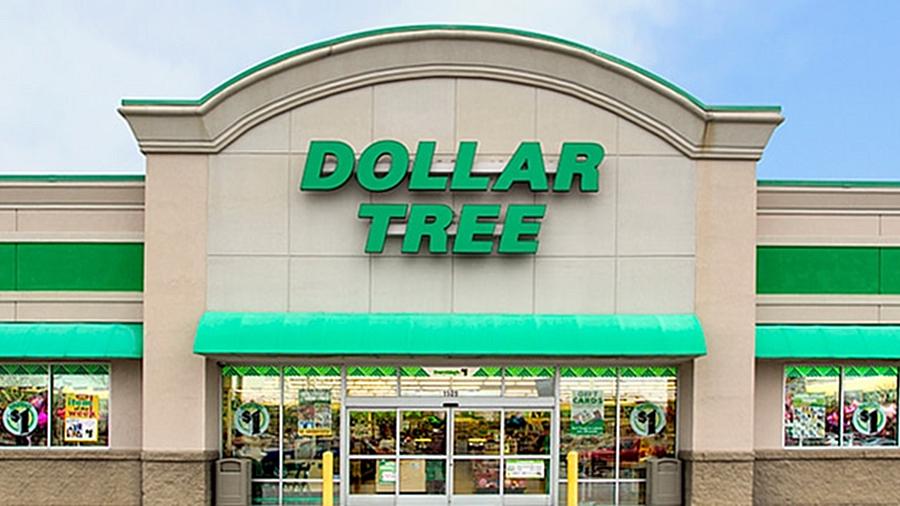Dollar Stores Are The Only Ones Doing Well?
In an economic market marred by inflation and uncertainty, dollar stores are the only retailers seemingly doing well.
This article is more than 2 years old

Speculations about a recession occurring in America have been bubbling up since the pandemic’s inception. Unfortunately, economic recessions aren’t uncommon in the United States marketplace. Since the late 1800s, the US has suffered over 30 different economic disasters, with the most recent and shortest one in mid-2020. As American citizens brace themselves for more financial stress, discount stores have received more traffic for their lower-priced items. As other grocery stores and retailers had to up their prices, dollar stores have remained consistent in pricing, accumulating significant revenue over the past few years.
The Great Recession of 2008 was when Americans started flocking to dollar stores in droves, attempting to save money during a disastrous economic time. This validated the necessity of dollar stores nationwide, a now ubiquitous attraction. Almost 20 years later, dollar stores are receiving the same amount of attention and transactions due to a plummeting economic market. As supply chain and fuel demand exponentially heighten the cost of essential goods, dollar stores’ consistency with keeping prices low have stabilized their financial success.
Though the 2022 American economy is in a better place than it was in 2008, there are still compounding factors that make saving money currently tricky. Gas price averages are reaching five, six, and seven dollars per gallon nationwide, putting the standard American family under immense financial pressure. On top of that, the Russian invasion of Ukraine has skyrocketed the exportation price of oil barrels, having a ripple effect worldwide, pushing transportation costs unfathomably higher. The insanity of skyrocketing prices has caused more people to shop at dollar stores, desperately wanting to conserve their hard-earned money.
Rising inflation is also a concern to many. The United States government and the Federal Reserve have attempted to curtail the inflation rate by implementing interest rate hikes, but that has also hurt the marketplace. Today’s inflation rate rose by 8.3% over the last 12 months, meaning that people are spending more of their income on necessities like gas and food. If US citizens put more of their paycheck towards their bills, then the leftover money will primarily be utilized at discount stores to pay for fundamental goods. Dollar stores are receiving stable traffic due to Americans’ imperative need to spend less money.
Analysts have noticed that though consumer purchasing is at an average rate, many have switched their buying intentions. More people are spending money on necessities like food and home goods instead of buying bigger-ticket products like electronics or furniture. This is widely different than 2020 and 2021 when Americans were spending money from unemployment and stimulus checks as a restorative economic tactic. Now that the government aid has dried up, people don’t have the availability to spend as superfluously as before. This spending change has aided dollar stores since more people are looking at discount sellers to purchase their essentials.
The year 2008’s recession sparked a massive dollar-store climb for three different chains in the US. Dollar General, Dollar Tree, and Family Dollar are the three largest discount stores in the country, with Dollar General leading the pack, opening more than 1,000 shops in the US last year.




